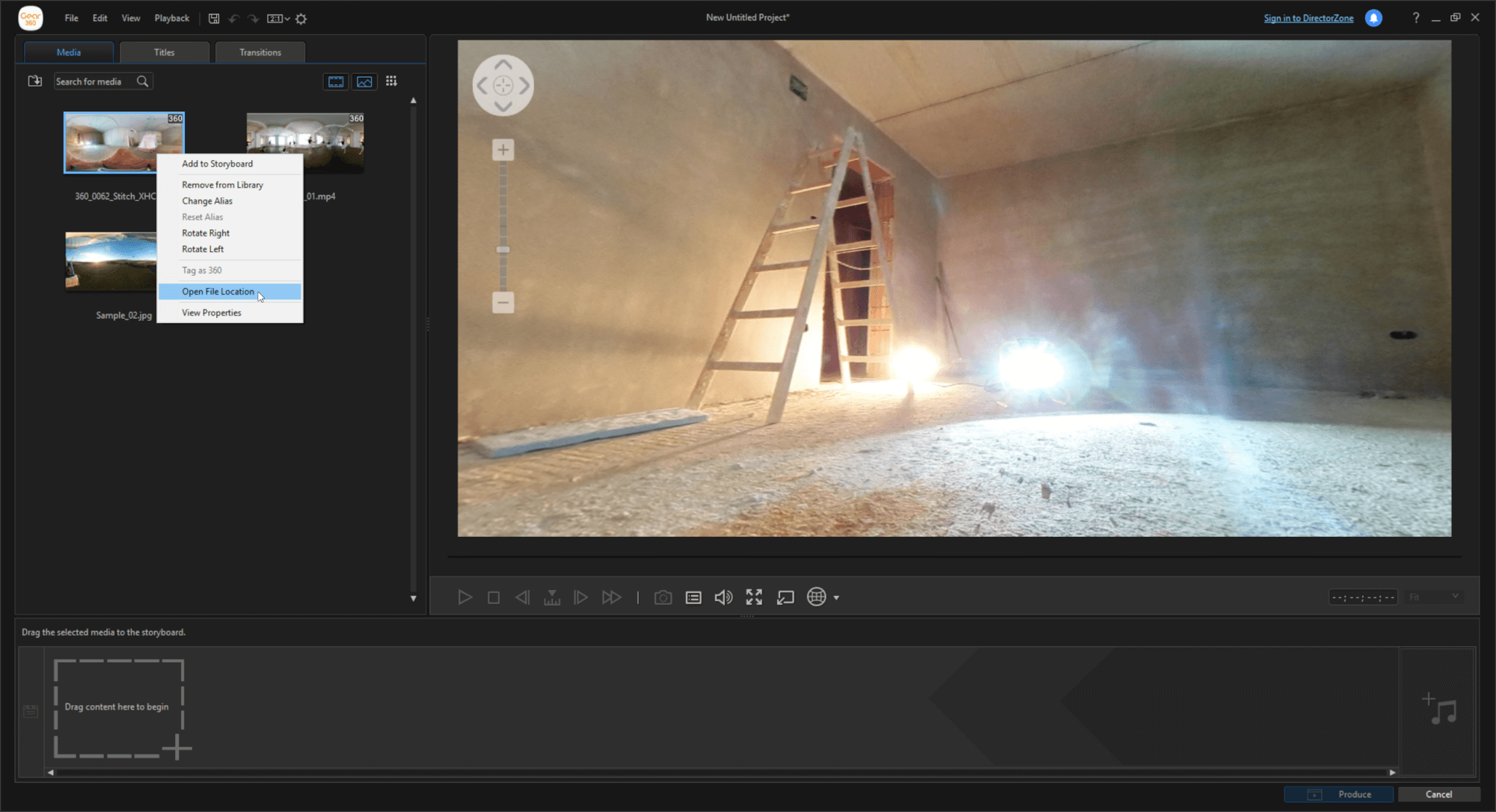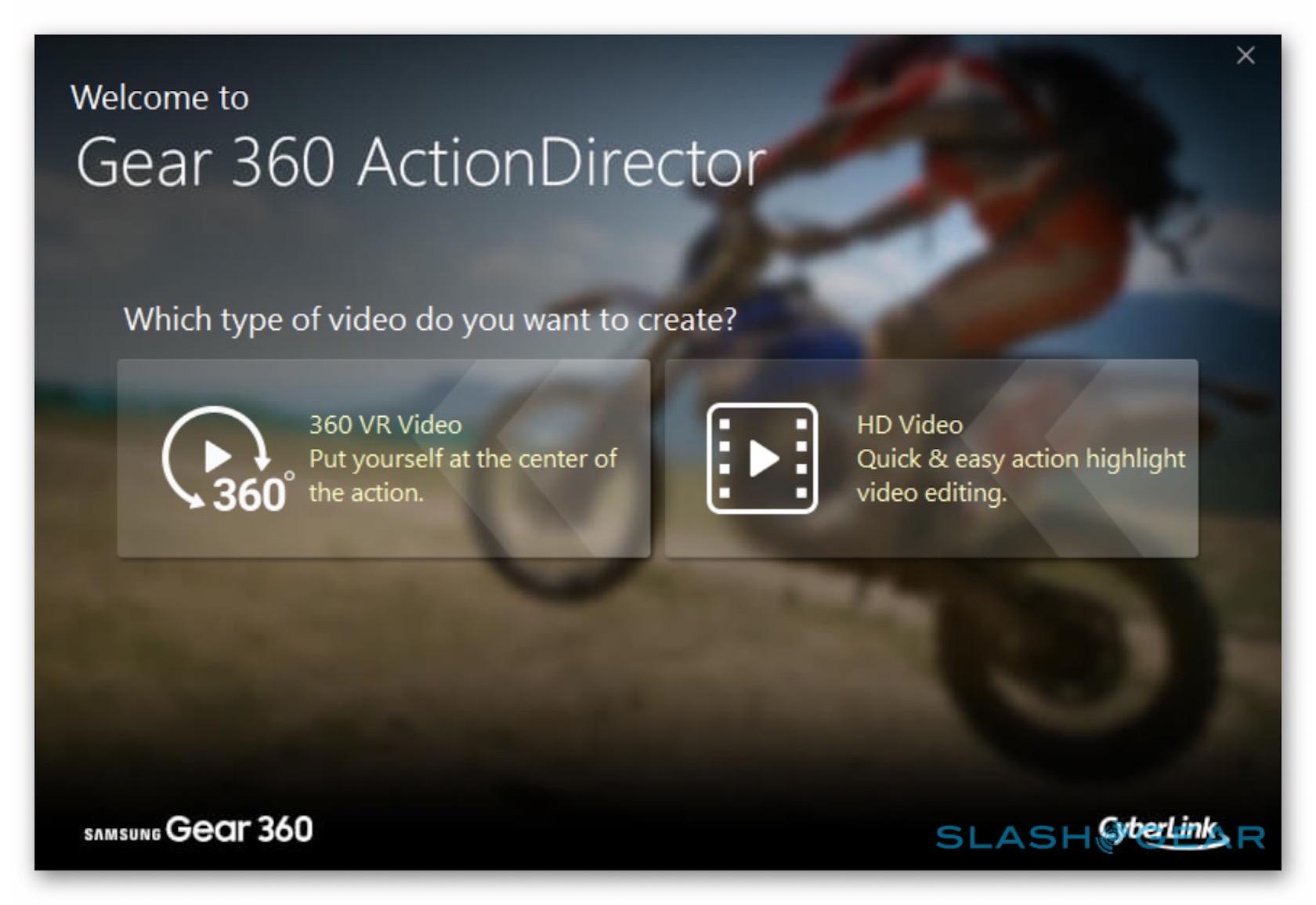
While testing the Gear 360, I encountered some motion issues relating to how the device is held. The Gear 360 can be charged with a microUSB connector.

With my usage, that seemed pretty accurate. Samsung promises that with a fully charged 1,350 mAh battery, you’ll get approximately two hours of power. Another option is to download all of the files off of the Gear 360 memory card to your computer. If you want to access files without an internet connection, you can save them to your phone, but you’ll quickly run out of storage capacity. Side view of the Samsung Gear 360 where the lithium-ion battery and microSD card go in. What makes things more interesting is that you can connect your phone to more than one device - if you are doing heavy-duty recording for a movie, for example. The Gear 360 can store videos either locally on your phone or on a microSD card. Setting up the device was easy: Download the Gear 360 app on your Samsung Android smartphone (currently there’s no iOS version) and pair it using Bluetooth. The top of the Gear 360 was scratched fortunately it didn’t break, but if there was an accessory or perhaps additional case Samsung could provide, that might provide some peace of mind. And while it’s relatively light, it still falls like any ball - there was an instance where it slipped out of my hand while on a selfie stick and plummeted onto a concrete curb. But it failed to fill me with any feeling of excitement around rushing around creating 360-degree content.Įven though the Gear 360 looks durable, it feels fragile - like if it’s dropped, there’s going to be a big dent in the body, or one of the lenses will shatter. Whether walking through downtown San Francisco, attending a Golden State Warriors game, or even recording the annual Bay to Breakers race, the Gear 360 performed as expected. This might dissuade some from buying it over slimmer cameras, such as the Ricoh Theta and LG 360. But while the Gear 360 seemed cool at first, I started to feel self-conscious about using it out in public, imagining how odd it must look to see someone holding a round camera in the air perched atop a selfie stick.Īnd the camera’s unusual shape may be its biggest flaw: It’s not exactly pocket-friendly.

When Samsung first unveiled the baseball-shaped device earlier this year, I was excited about giving it a go, especially with the ecosystem that the company is building around its smartphones and virtual reality.

Although it comes with a miniature tripod attachment, the device has a universal mount, so you can use it on a professional-grade tripod, a monopod, gorillapod, or even with a selfie stick - perhaps the preferred use case for many people.īaseball-sized camera looks cool, but is it?

Weighing in at 5.39 ounces (153 grams), it’s equipped with two F/2.0 fisheye lenses that capture 195-degree photos and videos. Priced at $350, the Samsung Gear 360 is on par with many of its competitors.


 0 kommentar(er)
0 kommentar(er)
